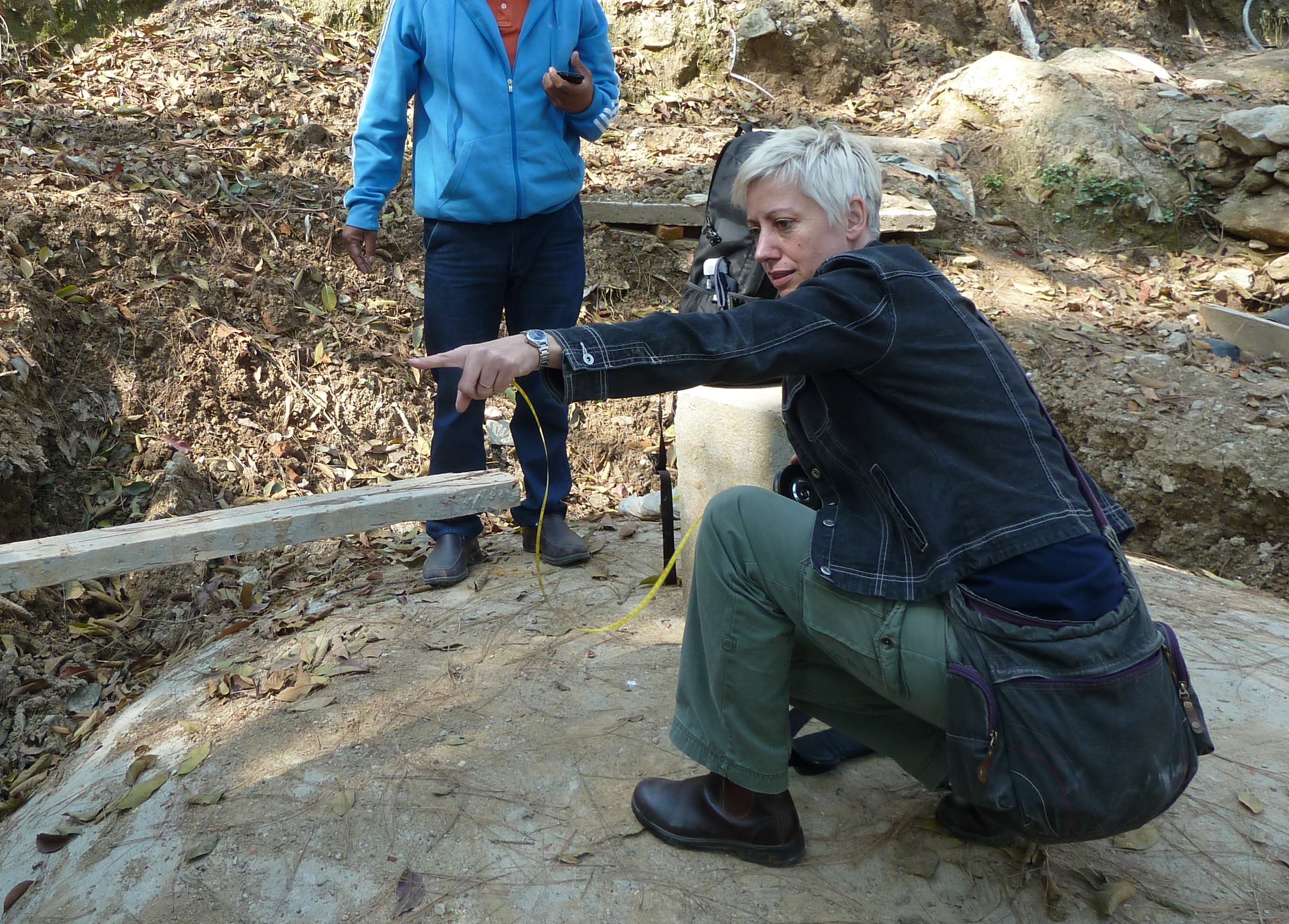A win-win for disposing medical waste with biodigestion
By Ruth Stringer, International Science and Policy Coordinator, Health Care Without Harm
First published at Green Growth Knowledge Platform
There has been so much focus over the years on how to treat infectious waste from hospitals and other healthcare facilities, but far less attention when it comes to organic waste produced there. This can pose a serious health hazard.
If not properly disposed of, infectious organic waste – which includes kitchen waste and pathological waste such as placentas – can attract flies, rats and feral animals, all capable of spreading disease. It smells terrible as it decomposes, and generates methane, a powerful greenhouse gas. In many countries, there are laws that force medical facilities to incinerate placentas and other waste, despite the pollution this process causes.
It doesn’t have to be this way. In fact, there is a safer and more sustainable, as well as low-cost and low-tech, way to dispose of this waste, and even provide environmental benefits when it comes to energy use with less reliance on fossil fuels. That way is through biodigestion.
Biodigestion has been used for decades in the agriculture and waste management sectors, but only recently is its value being recognized when it comes to disposing of waste generated in health care settings. At their simplest, biodigesters are watertight containers containing bacteria to break down the waste and produce biogas, which is a mixture of carbon dioxide and methane. Waste and water are fed in at one end, and “digestate” flows out of the other, while biogas is piped off at the top.
Biodigestors. Photo: Ruth Stringer
In the last 10 years, Health Care Without Harm and the Health, Environment and Climate Action Foundation of Nepal have been working with biodigester experts to design systems – first in Nepal and then expanding to hospitals in Tanzania and Madagascar – for the very particular waste stream being produced in healthcare.
Dealing with placentas is complicated because they are potentially infectious and because they contain more nitrogen than the bacteria can digest.
Two strategies are used to ensure that there is no infection risk. The first strategy is to keep the placentas in the system long enough for most of the pathogens to die off naturally. We do this by building two digestion chambers, one after the other. The placenta must pass through both of these, which can take up to six months, more than long enough for all but the most persistent of pathogens to be eliminated. The second strategy is to prevent there being any further handling of the waste. The digester is connected to a sewer or septic tank so that there is no way that a blood-borne pathogen of the type you might find in placenta can infect anyone.
Cow dung is usually used to start the systems off, and the bacteria there are accustomed to digesting plant material, which is why they can have problems with placenta. This is solved by adding some kitchen waste into the first digester with the placenta, which requires a careful estimation of the nutrient levels for each chamber so that there is a good balance.
It is also essential that the digesters are well built – any leaks, either of liquid or gas, will stop it from functioning properly.
Once operational, a biodigester can swallow all of the organic waste from a healthcare facility for decades with very little maintenance. The waste – with some added water to keep things moving – flows through the system via gravity, so no pumps or power are needed. After the initial investment has been made, costs are low. In Nepal, we calculated that the gas produced has a value of $20 for every tonne of waste disposed of. This is not enough to repay the construction costs, or to replace all the cooking gas used in the facility, but is a useful side benefit. In one Kathmandu hospital, the staff tea room no longer has to buy cooking gas since they started using the gas from the biodigester.
Removing all the organic waste from a facility can eliminate bad smells they cause and the pests that they attract. The digesters are usually buried, as the soil supports and insulates them, so they are grassed over or planted with flower beds, making for a far nicer environment for staff, patients and their visitors.
And most importantly, because the methane that is produced in the biodigester – or would have been produced had the waste been landfilled – has a higher emissions potential than carbon dioxide, burning it in this close system reduces the waste’s carbon footprint, thus reducing its effect on climate change.

